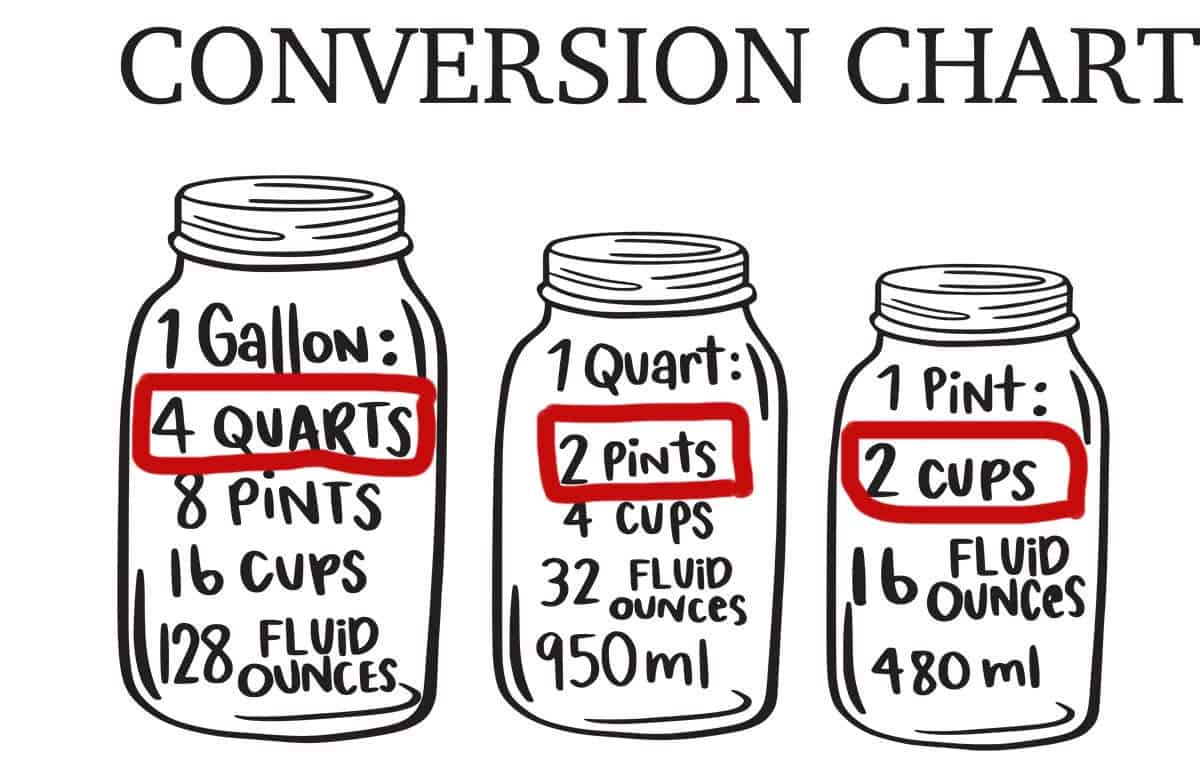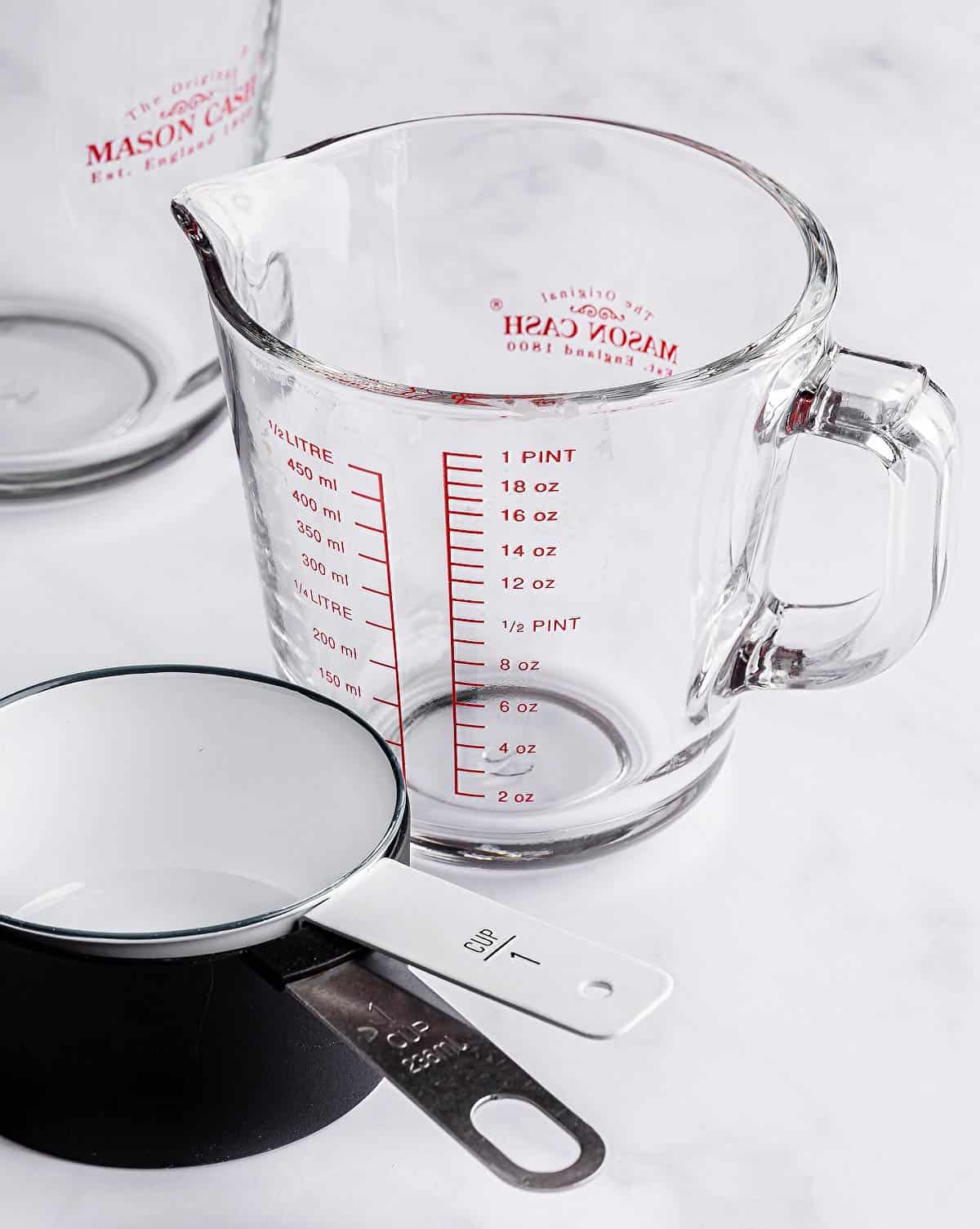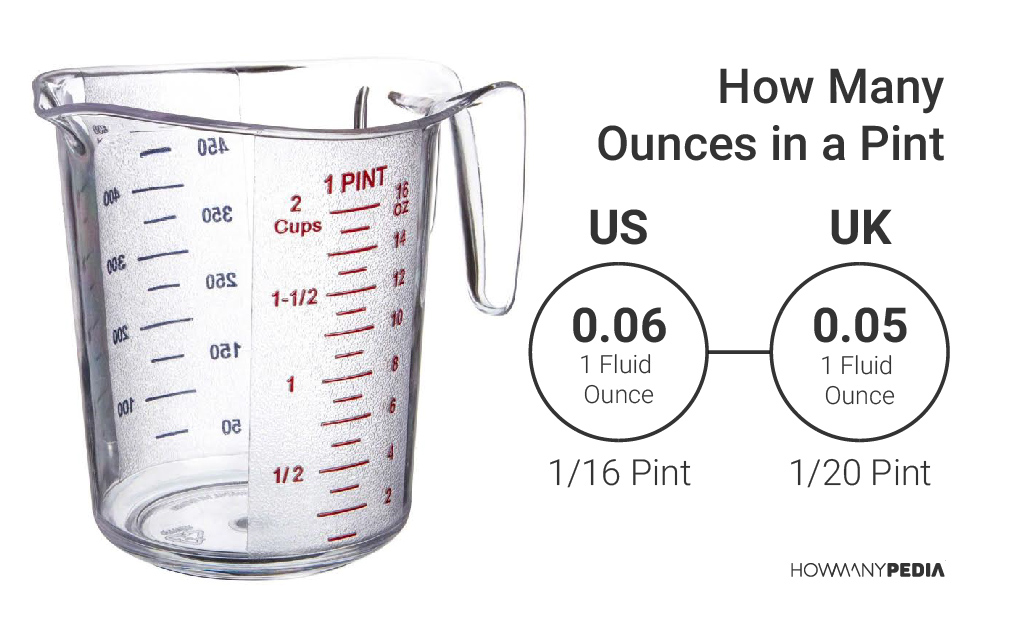Pint Conversions: Liters, Cups & More!
Ever found yourself lost in a culinary conundrum, trying to decipher the difference between a cup and a pint? The world of liquid measurements can be a tricky terrain, but understanding the pint is key to mastering your kitchen and navigating international recipes with ease.
The pint, abbreviated as "pt," is a unit of volume steeped in history, straddling the imperial and United States customary systems. Its value, however, isn't as straightforward as one might hope. Depending on where you are, the pint can morph in size, leading to potential confusion in the kitchen or at the bar.
Let's break down the basics of this ubiquitous measurement.
| Measurement | Value | Notes |
|---|---|---|
| 1 UK Imperial Pint | 0.56826125 Litres | Used in the United Kingdom |
| 1 Litre | 1.759753986 UK Imperial Pints | A conversion factor |
| 1 US Liquid Pint | 473.176 Milliliters or 0.473176 Liters | The standard in the United States |
| 1 US Dry Pint | 551 Milliliters or 0.5506 Liters | Used for measuring dry ingredients. |
| 1 UK Liquid Pint | ~568 ml | Approximately equivalent. |
| 1 US Liquid Pint | 16 US Fluid Ounces | Also equal to 1/8th of a US Liquid Gallon |
| 1 US Dry Pint | 33.6008 Cubic Inches | A measurement of volume |
The conversion from pints to cups is a simple one, particularly when dealing with the US liquid pint. One US liquid pint is equal to exactly two cups (2 cups = 1 pint). This straightforward relationship makes it easy to scale recipes and measure ingredients with reasonable accuracy.
To calculate this conversion, you multiply the quantity in pints by the conversion factor of 2. So, if you have a recipe calling for 1 pint, you can confidently substitute it with 2 cups. This understanding is critical for consistent cooking results.
However, a key factor to consider is the difference between liquid and dry measurements. Liquid pints are specifically for measuring fluids, while dry pints are used for solid ingredients. The US liquid pint is 16 fluid ounces. The dry pint is slightly larger. Generally, when a recipe specifies "pint," it is referencing a liquid pint.
To convert from pints to gallons, you'll also need to remember that one gallon contains eight pints. The formula is: Gallons = Pints / 8.
For example, a recipe might call for 2 pints. To determine the equivalent volume in gallons, you'd perform the following calculation: 2 pints / 8 = 0.25 gallons.
It is often useful to use a conversion calculator. You may find many free conversion tools online.
It's important to differentiate between fluid ounces and ounces. Fluid ounces are a measure of volume used for liquids, while ounces typically measure weight. A recipe might call for 16 fluid ounces which is equivalent to one pint (1 pt = 16 fl oz).
The differences in pint measurements don't end there. The United Kingdom has its own version, the imperial pint, which is approximately 20% larger than the US liquid pint.
This difference is very important when comparing a recipe from the UK and one written in the US. The liquid pint is a unit of volume in the imperial and United States customary systems of units. The imperial pint is equal to approximately 568 ml. In the United States, the liquid pint is approximately 473 ml while the dry pint is 551 ml. If the recipe calls for pints, use the conversions.
If a recipe calls for two cups of milk and you have a one-pint container of milk, you have the correct amount to use. Likewise, one pint is equivalent to 16 ounces or 2 cups.
One US dry pint, in contrast, is equal to 18.6 US fluid ounces or 2.325 cups, making it larger than a liquid pint. The imperial pint, used in the UK, also differs, being about 20% larger than the US liquid pint.
Here are some of the common pint measurement conversions:
1 pint (US liquid) = 2 cups (US)
1 pint (US liquid) = 16 fluid ounces (US)
1 pint (UK liquid) = 2.409 cups (US)
1 pint = 0.125 gallon
1 pint = 0.5 quart
In the context of baking and cooking, this knowledge is invaluable. Recipes frequently use pints, and a clear grasp of these values ensures success when preparing dishes from different regions.
For instance, when baking, precise measurements are critical, and the cup-to-pint conversion is essential. If a recipe calls for 2 cups of flour, you know that is equivalent to 1 pint.
In practice, a measurement of 1 cup is equivalent to 0.5 pint. In another way, 1 pint is equal to 1/0.5 cups. We can also round the results of the conversion to make it easier to measure. One pint is approximately equal to 2 cups (1pt 2 cups). Another alternative would be that one cup is approximately zero point.
So, how many ounces are there in a pint? To be exact, 1 us pint has exactly 16 fluid ounces (fl oz). Specifically, there are 16 fluid ounces in a pint because pints usually measure fluids.
The Imperial pint, used in the UK, is a bit different. While both are liquids, they have a different size, with the Imperial pint being larger than the US one. You will want to remember this if you are preparing a recipe from another country.
Pint is commonly used for measuring volume for liquid substances, which is widely used around the world in countries that have adopted the Imperial system, and the SI as well.
In conclusion, the pint is a versatile measurement, and recognizing the distinctions between the various types is essential for any aspiring cook or baker. By understanding the relationships among cups, ounces, and pints, you can approach recipes with confidence and precision, ensuring your culinary creations are as delightful as they are accurately measured.
Here are some conversions to help:
1 us pint = 2 cups (us)
1 cup (us) = 0.5 pint (us)
1 uk liquid pint = 2.409 cups (us)
1 pint = 16 ounces
1 pint = 0.125 gallons


